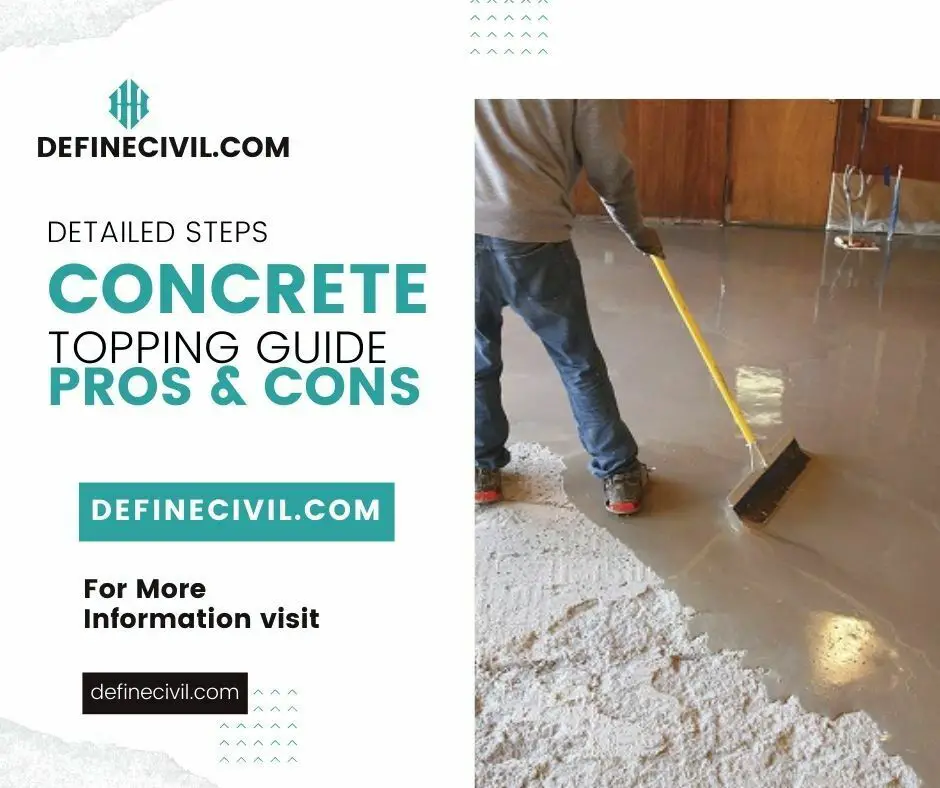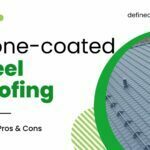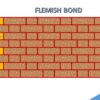Concrete topping, as the name suggests, is the application of high strength concrete on an old concrete surface. It is a simple yet effective method to rejuvenate deteriorated concrete structures. Not only does it increase the strength and durability of concrete structures, it also enhances their serviceability and increases the useable life.
The overlay of concrete on old structures has applications in almost every field of construction i.e. from roads to footpaths, from floors to roofs, and any other slab application. There are different types of concrete toppings with every type having its unique purpose and suitability. In this article, we are going to discuss various concepts on concrete topping.
If you have a worn out concrete floor or walkway or parking lot, etc. in your house you can benefit greatly from this article.
So, let’s get started:
Table of Contents

Applications of Concrete Topping
Concrete topping serves multi-purpose applications in construction sector. The most common ones are listed below.
- Restoring serviceability: If there is a concrete structure which has been affected by spalling, carbonation, water damage, and the structure has now lost its durability, serviceability, and aesthetic appeal, concrete topping can help restore the structure back good condition. Strength will be increased and durability will also be enhanced.
- Water proofing: Concrete topping can be used to make structures waterproof. The placement of new layer increases the impermeability of structure.
- Restoring hardness: Wear and tear caused by vehicles decreases the hardness of concrete surface in rigid pavements. This leads to reduced abrasion resistance. Topping increases the abrasion resistance of surface.
- Repair damaged surfaces: For worn out parking lots concrete topping can be used and revert the damage caused over time.
- Removing unevenness: It can be used to provide level floors. The extra layer when leveled will remove unevenness from the surface.
- Increasing structural capacity: If, during the life of a structure, high superimposed loads are expected, high strength concrete topping can increase the structural capacity of the structure.
Also Read: Gypcrete Vs Concrete – Difference – Composition – Uses – Pros & Cons
Types of Concrete Topping
Broadly concrete topping is divided into two categories. We are going to discuss both of them.
Bonded System
In this system, the new concrete layer is bonded/adhered to the base concrete slab. Both layers adhere with each other with no space between them. Bonded system is used for both light and heavy applications. Parking lots, roads, floors, roofs, and other various types of slabs can be resurfaced using this system.
Before the placing of overlay, the surface of underlying slab should be free from debris. The presence of such substances can compromise the bond formation. Furthermore, the surface should have an open pore finish and rough texture. This ensures proper adherence with existing slab.
Un-bonded System
In this system, the topping does not form a bond with existing slab. It is typically used when the underlying slab is contaminated and a bond is not possible. This usually happens in industrial building.
Moreover, un-bonded slabs are also used both slabs are meant to move independent of each other. Thus, the replacement of top slab can be easily done in future. Another significant application of this system is in sustainable or zero energy buildings. The gap between both slabs provides a radiant system for heating and cooling applications therefore utilizing mechanical systems.
Also Read: Rock Salt Concrete Finish – Installation – Advantages – Cost
Advantages of Concrete Topping
- Strengthens weak concrete.
- Increases the serviceable life of structure.
- Increases floor thickness.
- Enhances the durability of worn out structures.
- Increases structural integrity.
- Provides even and clean concrete surface. Gives aesthetic appeal by hiding otherwise conspicuous flaws.
- Cost effective method.
If you want to calculate how much concrete you need for topping of slab, here’s a concrete calculator for your help.
Disadvantages of Concrete Topping
- Addition of new layer increases the dead weight of structure.
- The bond between layers can lead to formation of cracks. This usually happens when proper bond is not formed between both layers.
- Placement of new layer increases the thickness of slab.
Laying Procedure
The steps involved in laying concrete topping are explained below in a chronological order.
Preparing Base Concrete
The surface of base concrete should be free from unwanted particles such as dust and must be level. Also, the surface of concrete should have open pore formation and rough texture. This encourages better bonding between layers. You can do chipping on the top of previous concrete to have proper bond between layers. If you’re finding a paper layer on top of existing concrete, you need to remove that free concrete patches from the surface. Here’s what you can do:
- Use a mechanical scrubbing or scarification device so the coarse aggregates are visible on the existing concrete.
- If scarification is not possible, you can do the chipping using manual chisel and hammering action.
- Afterwards, you can use a vacuum cleaner or a blower to remove loose debris, dirt, and dust.
So, preparing the base concrete is a critical and crucial step. It is best that you prepare base slab a day before pouring concrete topping to avoid contamination or accumulation of dirt.
If you’ve got a big project and has huge quantity of concrete surface to be removed, here’s a detailed guide about concrete weight to help you find how much weight of concrete per foot you need to pick.
Placing Concrete Topping
Concrete layer should be placed with care. Laying must start from far end and terminate at near end. Moreover, the surface of base slab should be sprinkled with water so that it does not absorb water from topping. This avoids development of shrinkage cracks in concrete topping.
It is ideal that you leave the existing slab surface as wet for at least four hours before placing the topping concrete.
Also Read: Difference between Segregation and Bleeding in Concrete
Minimum Thickness of concrete topping
The minimum thickness for concrete topping overlay is 25 to 50 mm (1 to 2 inches). However, this thickness is only feasible in a fully bonded concrete where the existing base slab is sound and of good quality i.e. free of cracks.
Finishing
Finishing is done to have a level and smooth concrete surface. All humps and hollows should be removed using a screed. Further irregularities must be straightened out through proper floating. Finally, a smooth surface is achieved.
Curing
Curing is a critical factor which governs the development of concrete strength with time. Suitable method and ample curing time is the key to strength. Furthermore, appropriate curing hinders the occurrence of plastic and dry shrinking cracks.
In slabs, adequate curing time ensures there’s no effect of differential shrinkage and curling. For a normal strength concrete, curing is a must for 7 days’ time period.
Further Read: Can You Pour Concrete in rain? (Steps and precautions)
Relevant:




















